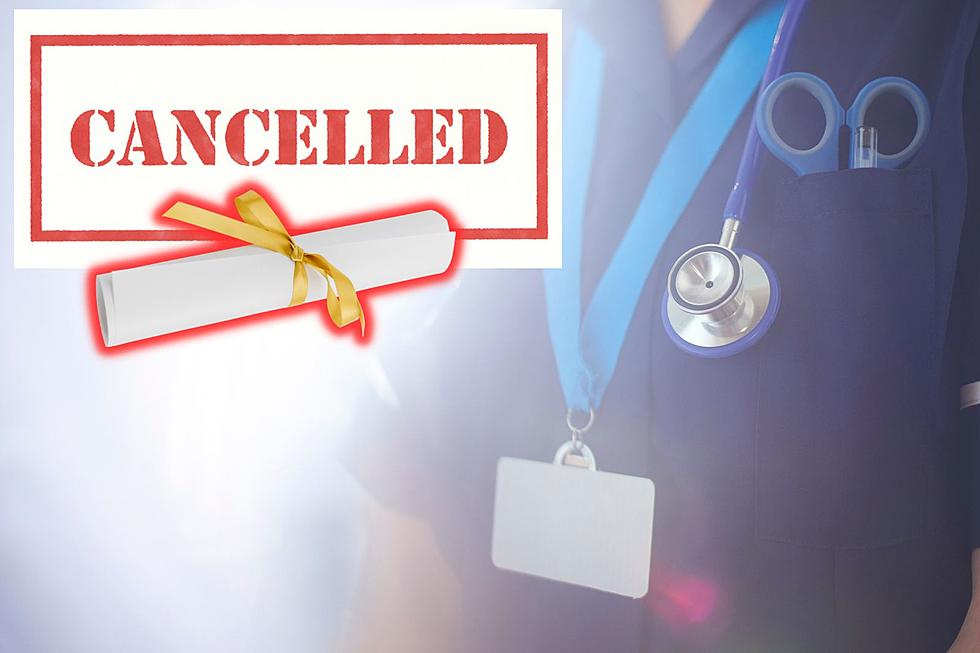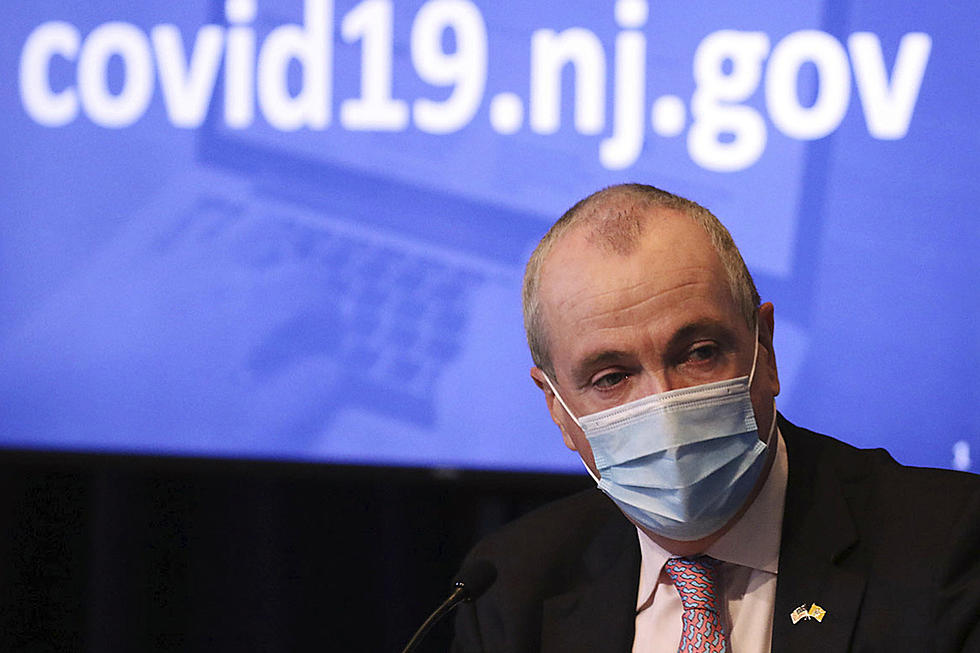
NJ schools have 6 COVID outbreaks so far: Here’s what that means
Roughly a week into the new year for many schools statewide, there were six active COVID-19 outbreaks in New Jersey schools — involving a combination of 20 staff and students — where transmission of the virus was believed to have been on school grounds.
Two of the outbreaks were in Atlantic County and one each was in Cumberland, Monmouth, Morris and Union counties, state Health Commissioner Judith Persichilli said during a Wednesday state briefing held remotely.
An outbreak is defined as three cases epidemiologically connected, involving individuals not from the same household and who have no other close connections other than the school.
That was increased from the state’s previous standard last year, of two cases believed to have been spread in a school-setting, to align with CDC regulations, state officials confirmed Wednesday.
In addition to outbreaks in schools, a number of districts in the state also are dealing with positive cases reported among students and staff, which were not linked to school spread.
These cases come as all school staff in preschool through high school are under a mandate to either be fully vaccinated against COVID-19 or agree to weekly testing, by Oct. 18.
For the start of the 2021-2022 academic year, all students, educators, staff and visitors also are required to wear face masks inside of school buildings, regardless of vaccination status.
There have been issues with exceptions carved out for indoor situations of “extreme heat,” as has been addressed by school districts and Gov. Phil Murphy’s administration.
The following are some of the most common questions and answers on what active cases and a handful of school outbreaks mean for families nervous about another round of disruption to in-person learning.
If a student or educator shows symptoms that could be COVID-related, do they need to quarantine?
Yes — those with symptoms or those who tested positive for COVID should stay home until at least 10 days have passed since symptom onset and at least 24 hours have passed after resolution of fever without fever reducing medications.
Individuals who test positive for COVID-19 but who are asymptomatic should stay home for 10 days from the positive test result.
What if the student gets swabbed for flu or strep, and that comes back positive — does that change the quarantine span?
Not unless they also get a negative test result for COVID-19 will a student be able to return to school earlier than the 10-day, no-fever guidelines.
If a household family member has COVID-like symptoms or tests positive, do siblings need to stay home, too?
Yes, unvaccinated students or staff who have household members experiencing COVID-19 symptoms should also be excluded from school when those symptoms begin. If the symptomatic household member tests positive for COVID-19, the student/staff member will need to quarantine.
Those who are close contacts of staff or students who test positive for COVID-19 may be considered for a reduced exclusion period based on community transmission levels as follows:
High (orange) exposed close contacts should be excluded from school for 14 days.
Moderate or Low (yellow or green) exposed close contacts should be excluded from school for
10 days — or 7 days with negative test results collected at 5-7 days.
What about classmates of a patient who has COVID-like symptoms or who tests positive — will they all have to quarantine?
It depends on whether or not they were wearing masks, under state guidance, which is based on the August updated CDC guidance for schools.
In the K–12 indoor classroom setting, students who were within 3 to 6 feet of an infected student, where both “correctly wore well-fitting masks the entire time” are an exception to the close contact-basis and do not need to be quarantined.
Adults - including teachers and staff, are not part of that “close contact” exemption.
What about students (12 and older) or educators who are fully vaccinated?
Exposed close contacts who are fully vaccinated and have no COVID-like symptoms do not need to be quarantined or excluded from school. They should be tested if exposed to someone with suspected or confirmed COVID-19, and should still monitor for symptoms for 14 days after exposure.
If they do experience symptoms, they should self-isolate and be tested.
How long does a person need to quarantine for, if considered a close contact exposure to some with suspected or confirmed COVID?
Some timeframes for quarantine are linked to the weekly COVID-19 Activity Level (CALI) report issued by the state.
In a region where activity is high (orange), exposed close contacts should be excluded from school for 14 days.
In regions considered moderate or low (yellow or green), exposed close contacts should be out of school for 10 days (or, a return after 7 days with negative test results, as administered at 5-7 days after exposure).
For the week ending Sept. 4, three regions of the state were at moderate levels while the other three were at high virus activity level.
What about schools that serve medically complex or other high-risk individuals?
The quarantine or isolation period should remain at 14 days after exposure, regardless of the level of community transmission.
Best NJ corn mazes, pumpkin patches, hayrides for 2021
Incredible, heartbreaking images of Ida's damage in New Jersey
NJ towns and their nicknames
More From Beach Radio










